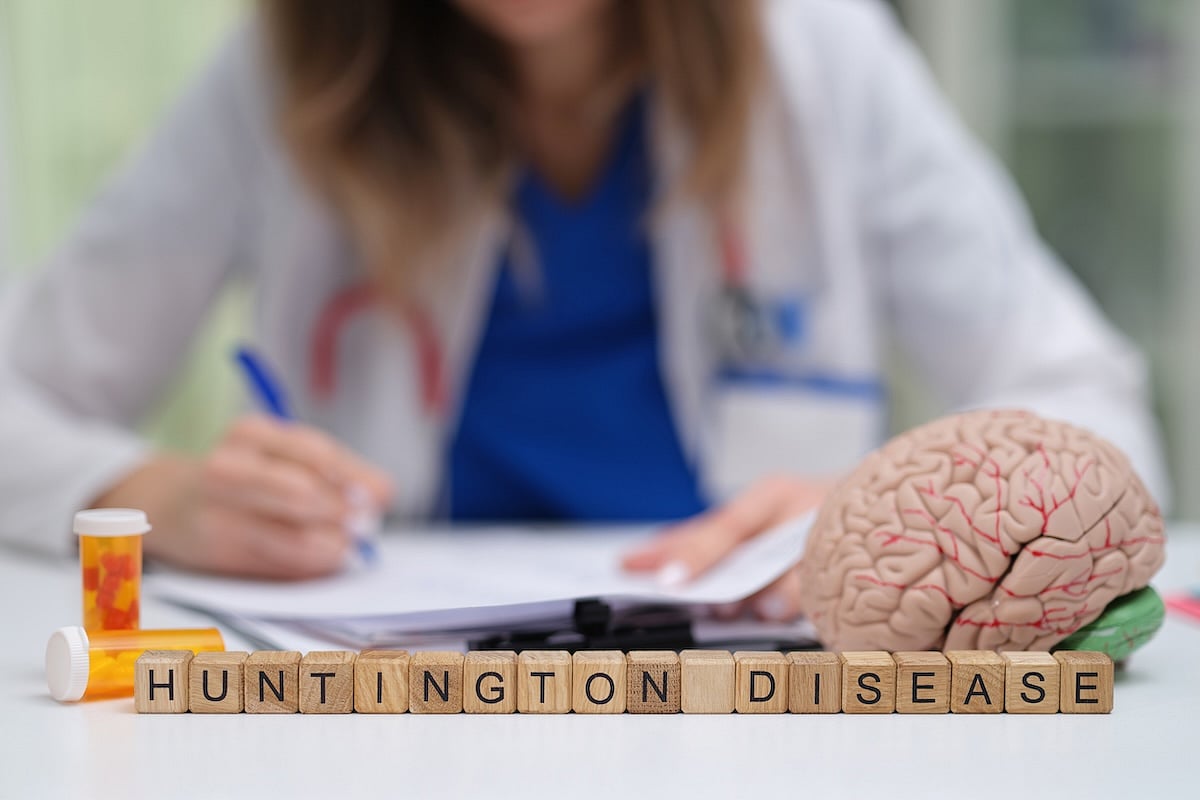Get Healthy!

- Dennis Thompson
- Posted June 12, 2025
Smartphone App Can Track Huntington's Disease Symptoms
Most folks tap away at their smartphone for fun, communication or information.
But such tapping may also help them track the progress of a rare degenerative brain disease, researchers say.
Five simple smartphone-measured tests of movement control can provide quick and regular insight into the motor function of someone with Huntington’s disease, researchers reported June 9 in the journal Brain.
These app-based tests of balance, finger tapping and involuntary movements are used to produce a Huntington’s Disease Digital Motor Score (HDDMS), researchers said.
“Incorporating the HDDMS in clinical trials will help to give clearer answers about whether a potential treatment is working, with fewer participants or shorter lead times than conventional measures,” said researcher Ed Wild, a professor of neurology at University College London’s Huntington’s Disease Center.
“What’s more, the fact that the HDDMS is evaluated in a five-minute assessment in people’s homes makes it convenient and potentially more meaningful than in-clinic measures of motor impairment,” he added in a news release.
Huntington’s disease is a genetic disorder that causes nerve cells in parts of the brain to break down and die, according to the National Institutes of Health.
The disease specifically attacks areas of the brain related to movement. Patients develop uncontrollable dance-like movements and contort into abnormal body postures, and these movements can become more intense when the person is nervous or distracted.
There is no cure yet for Huntington’s disease, researchers said. But promising new treatments are in clinical trials, making it more important than ever to accurately track patients’ progress.
Researchers developed the HDDMS using data collected from more than 1,000 people across four different studies.
The data helped researchers distill movement measurements that would best predict Huntington’s progression, as well as how a smartphone might be able to capture those movements.
Testing found the HDDMS to be about twice as accurate in detecting real changes in motor function among Huntington’s patients as the most frequently used clinical measure in current practice, researchers said.
The new test might help researchers detect even small changes in symptoms, researchers concluded.
“More sensitive tools to measure disease progression are particularly valuable in rare diseases like Huntington’s disease,” Wild said. “The fewer people there are who can possibly participate in clinical trials, the more important it becomes to minimize trial burden and size.”
However, researchers said more studies are needed to reflect HDDMS’ ability to predict a person’s long-term functional decline.
More information
The National Institutes of Health has more about Huntington’s disease.
SOURCE: University College London, news release, June 9, 2025
